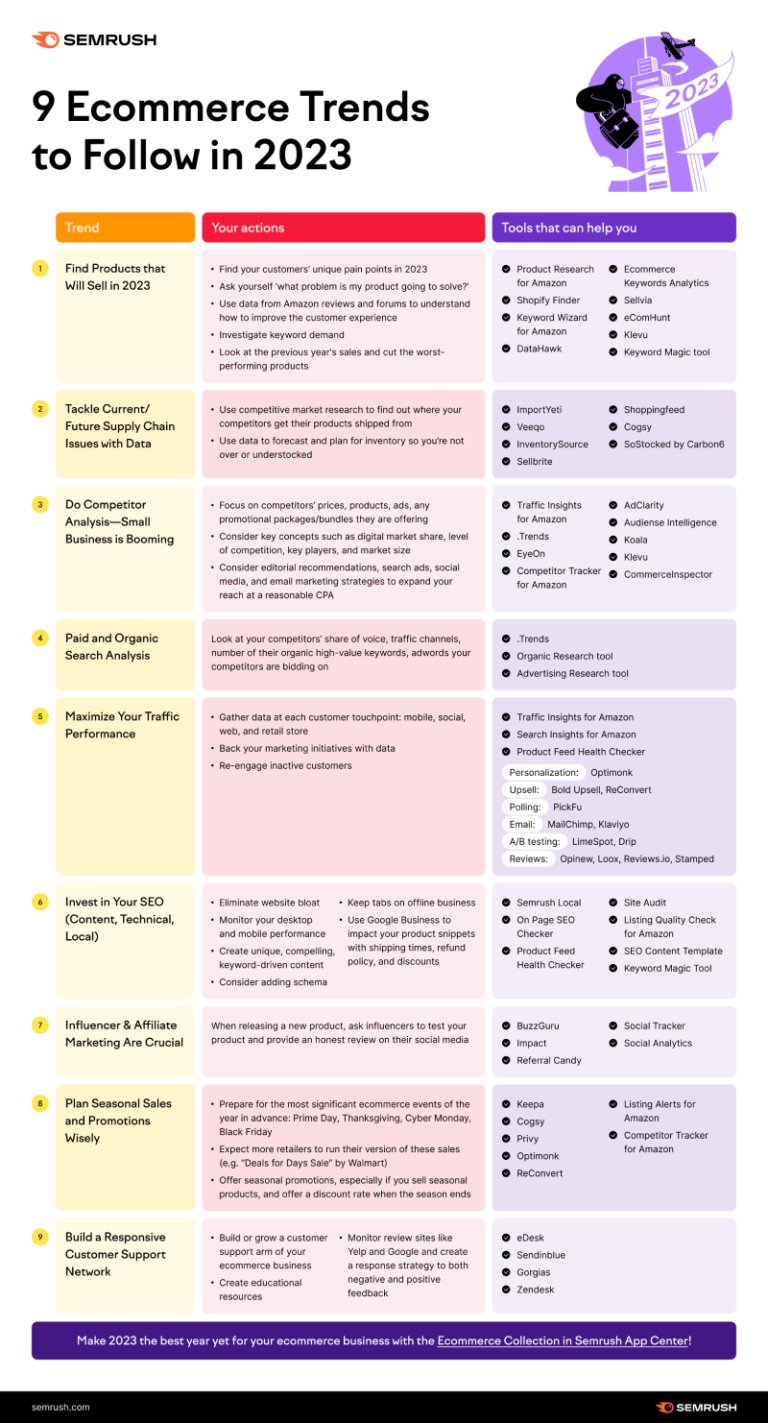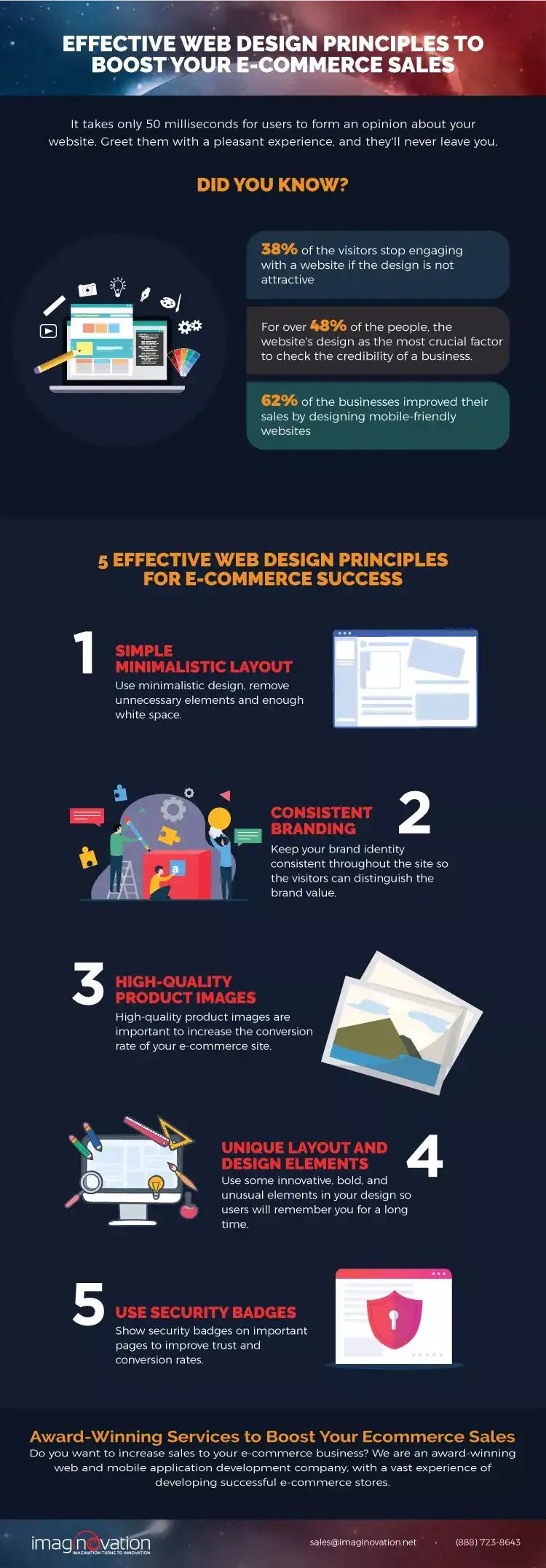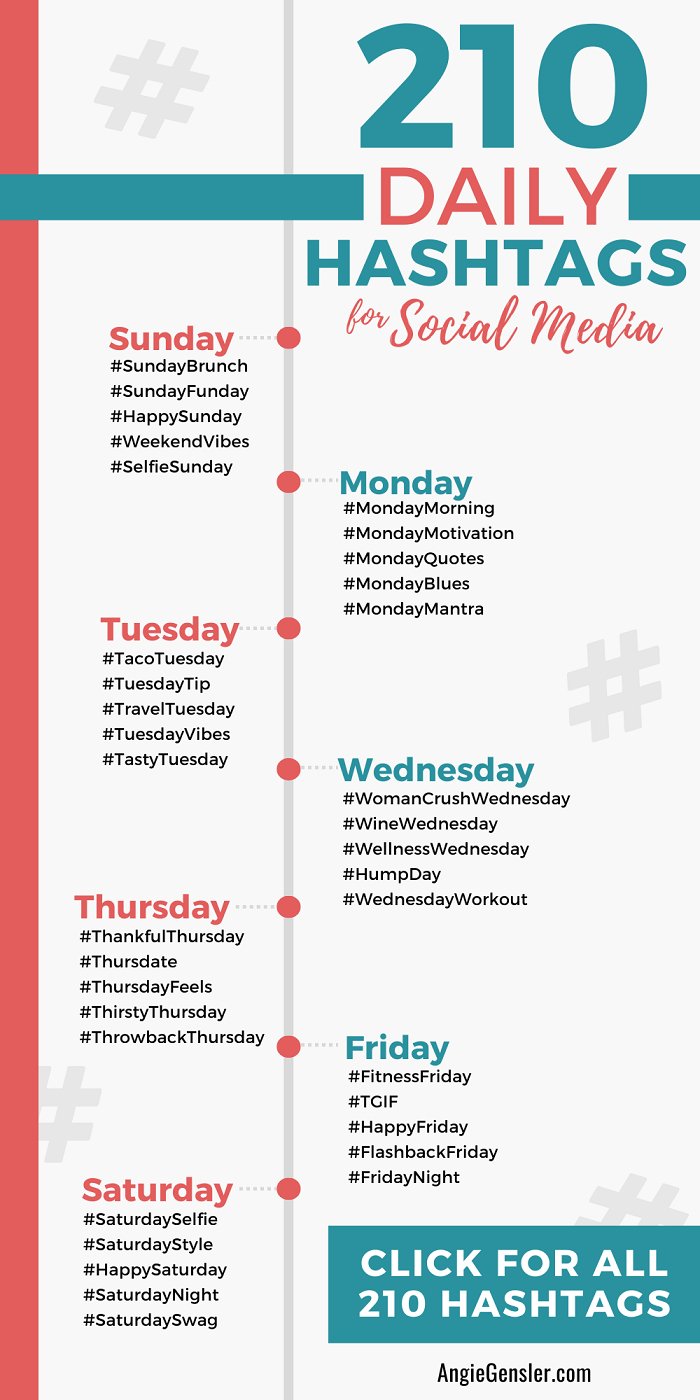Yes, you heard it right! With Make My Website you can own a website for free. Anyone can own a website, but being a businessman, is owning a website for free most important, or running a successful online business? Your interest in owning a website because it is...
In 2023: Overcoming E-commerce Challenges with Essential Tools
In 2023: Overcoming E-commerce Challenges with Essential Tools
Introduction: E-commerce has been on the rise for the past few years, and it’s expected to continue its growth trajectory in 2023. With the increasing demand for online shopping, e-commerce businesses are likely to face various challenges. However, these challenges can be overcome with the use of essential tools. In this blog, we will explore some of the most common e-commerce challenges and how to overcome them with the help of essential tools.
Challenge #1: Increasing competition With the growth of e-commerce, the competition is also increasing. In 2023, we can expect to see more businesses entering the e-commerce space. This means that e-commerce businesses will need to work harder to stand out in the crowded marketplace. One way to overcome this challenge is to use search engine optimization (SEO) tools. These tools help businesses optimize their website and product pages for search engines, making it easier for potential customers to find them.
Challenge #2: Providing a seamless customer experience In the world of e-commerce, customer experience is everything. With so many options available to consumers, businesses need to provide a seamless and enjoyable shopping experience to retain customers. One way to achieve this is by using customer relationship management (CRM) tools. These tools help businesses manage their customer interactions, ensuring that they are providing a personalized and responsive experience.
Challenge #3: Managing inventory and shipping Inventory management and shipping can be a significant challenge for e-commerce businesses. In 2023, we can expect to see an increase in demand for faster and more efficient shipping options. To overcome this challenge, businesses can use inventory management and shipping tools. These tools help businesses track their inventory levels, manage their orders, and ensure that they are delivering products to customers on time.
Challenge #4: Securing transactions As the volume of online transactions increases, so does the risk of fraud and cyberattacks. E-commerce businesses need to take steps to protect their customers’ information and ensure that their transactions are secure. One way to do this is by using payment processing and security tools. These tools help businesses securely process payments, protect customer information, and detect and prevent fraud.
Challenge #5: Understanding and analyzing data In 2023, data will continue to be a crucial aspect of e-commerce. Businesses need to be able to understand and analyze data to make informed decisions and improve their performance. One way to do this is by using analytics and data visualization tools. These tools help businesses track their performance, identify trends, and make data-driven decisions.
Conclusion: E-commerce businesses will face various challenges in 2023, but these challenges can be overcome with the help of essential tools. SEO tools can help businesses stand out in a crowded marketplace, while CRM tools can ensure a seamless customer experience. Inventory management and shipping tools can help businesses efficiently manage their operations, while payment processing and security tools can protect transactions. Finally, analytics and data visualization tools can help businesses make informed decisions and improve their performance. By using these essential tools, e-commerce businesses can thrive in 2023 and beyond.

Recent Blog
GET A FREE WEBSITE FOR YOUR BUSINESS
OWN A WEBSITE FOR FREE
OWN A WEBSITE FOR FREE Yes, you heard it right! With Make My Website you can own a website for free. Anyone can own a website, but being a businessman, is owning a website for free most important, or running a successful online business? Your interest in owning a...
The Top 10 Paid Advertising Infographics of the Decade – 2020
Here are the top 10 most shared and viewed paid advertising infographics from the last decade. Make My Website share the stats you need to know in this infographic. Recent Blog Let’s Get Started Ready to make a real change? Let's build this thing together!
How to Create Incredible Website Content & Generate Loads of Traffic – 2020
Are you looking for ways to improve your business website? Want to create content that attracts more website visitors? Make My Website share the stats you need to know in this infographic. They break things down as follows: Buyer persona Content types Topic generation...
55 Google Search Statistics to Guide Your SEO & PPC Strategy in 2020
Are you considering your SEO and PPC plan of action for next year? Want to know the key Google search stats that could affect your online strategy in 2020 and beyond? Make My Website share the stats you need to know in this infographic. They break things down as...
5 Landing Page Copywriting Tips to Increase Your Paid Ad Conversion Rate – 2020
Are you looking for ways to improve your paid ads conversion rate? Want to create better copy for your paid ad landing pages? Make My Website share their tips for success in this infographic. . Here’s a quick summary: Start with one goal Consider your traffic source...
10 Silent Killers That Affect Your Website Speed – 2020
Is a slow website killing your online conversions? Looking for ways to improve website speed and stop visitors from leaving? We share 10 website speed killers in this infographic. . Here’s a quick summary: Caching issues Overloaded database Outdated CMS Excessive...
8 Website Metrics You Should Measure to Improve Your Marketing Strategy – 2020
Are you looking for ways to improve your online marketing strategy? Want to know the website metrics you should track in Google Analytics? We share 8 website metrics you should measure in this infographic. . Here’s a quick summary: Pageviews Mobile vs. Desktop...
Ecommerce Platforms to Build Your Online Shop – 2020
Are you considering starting an Ecommerce website in 2020? Want to know the best platform to build your online shop? GoGlobe share their guide to choosing an Ecommerce platform in this infographic. They feature the following platforms: Magento BigCommerce Shopify Wix...
Remarketing Stats to Guide Your Paid Advertising Strategy – 2020
Are you considering implementing a remarketing campaign in 2020? Want to know how to get more ROI from your paid advertising strategy? Let's break things down as follows: Why marketers need remarketing How remarketing works The different types of remarketing...





